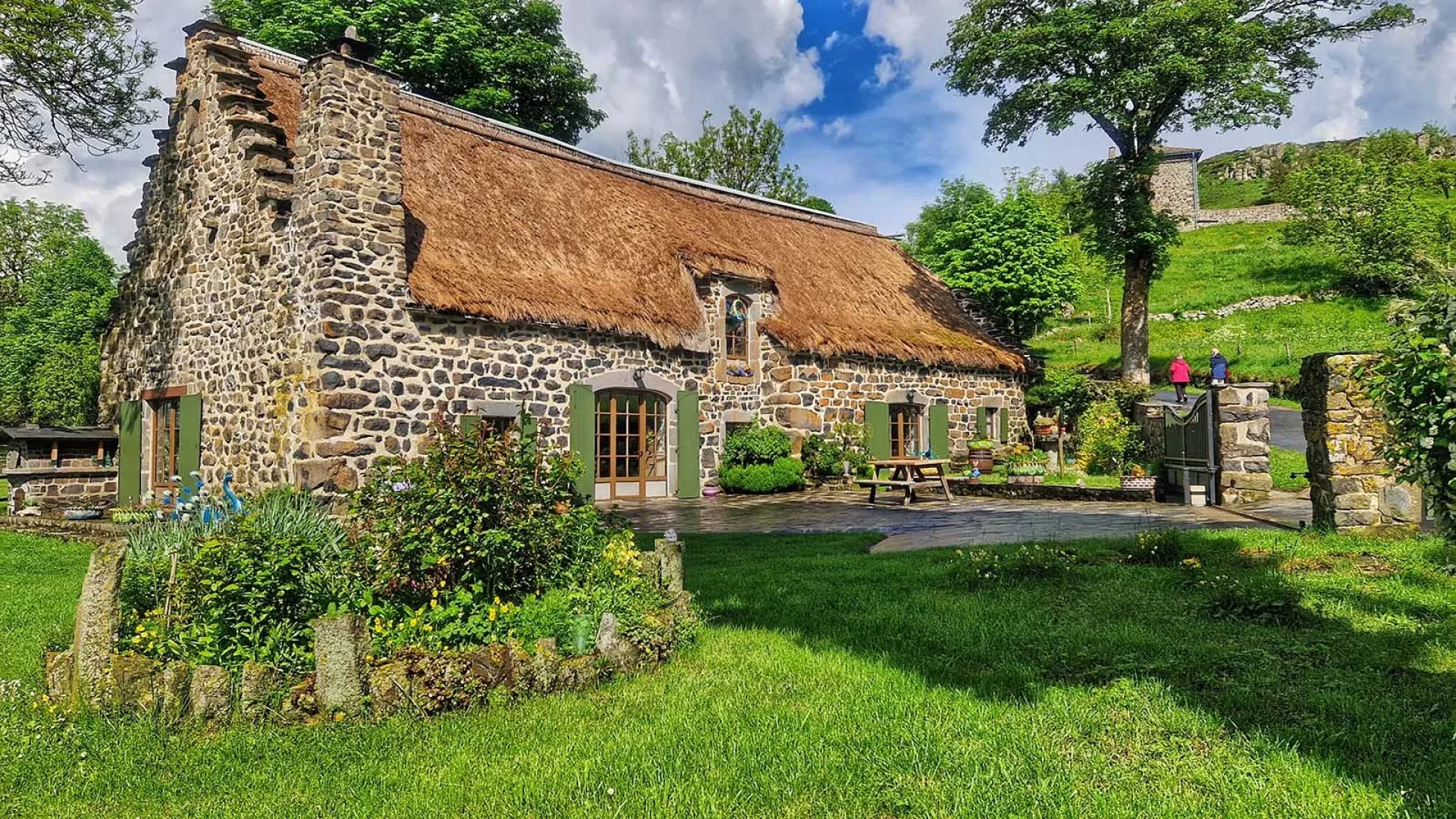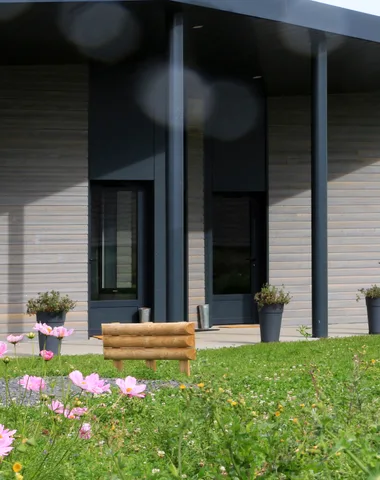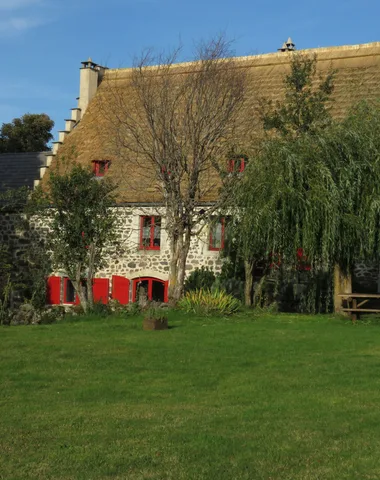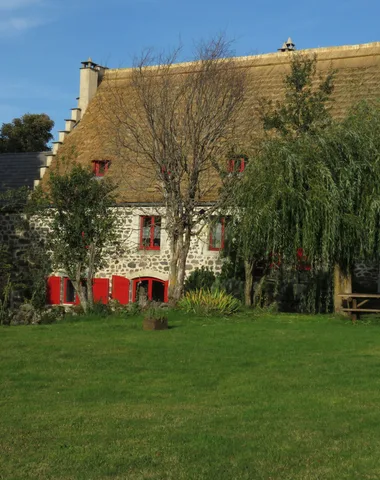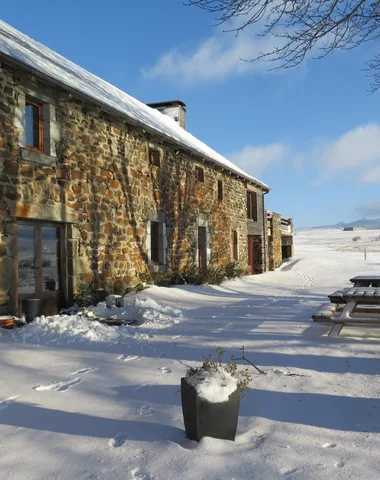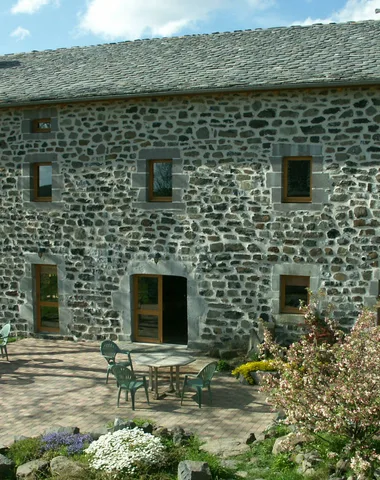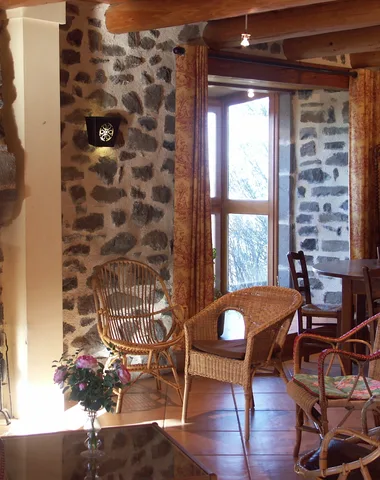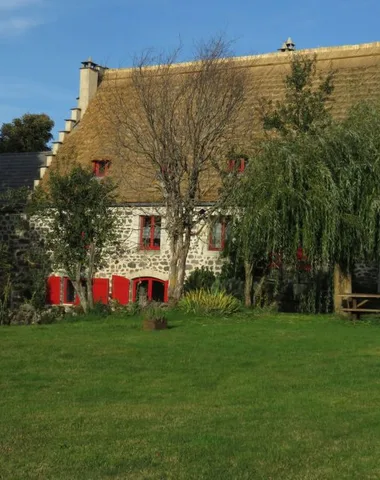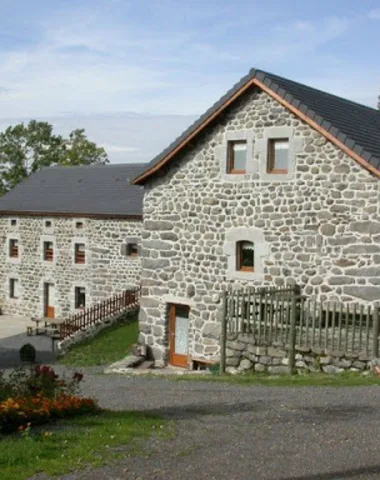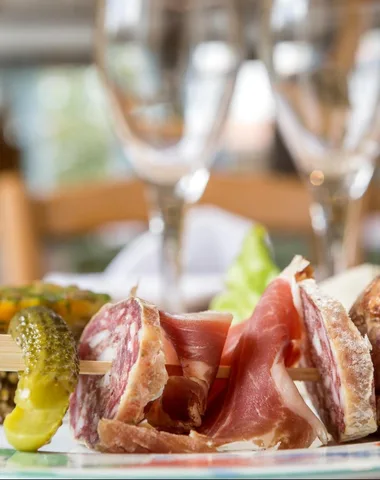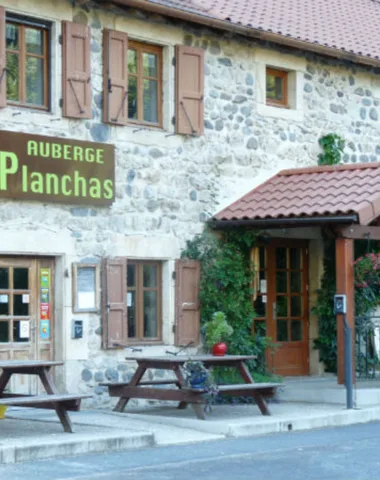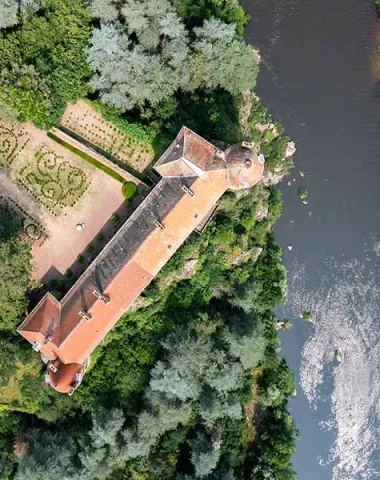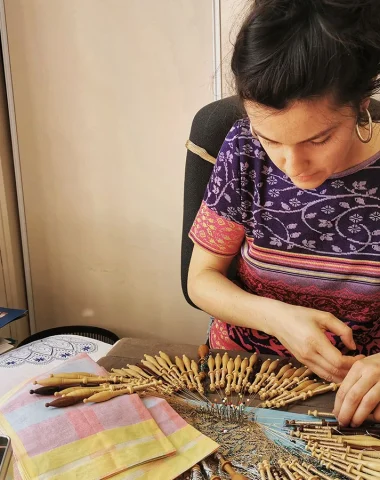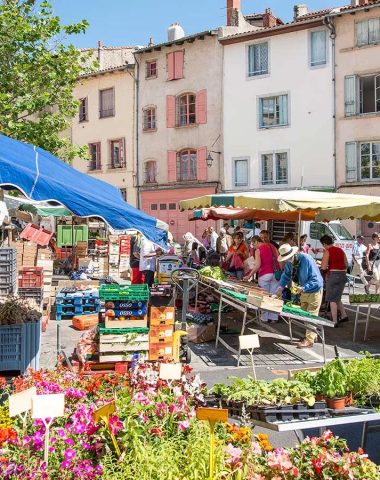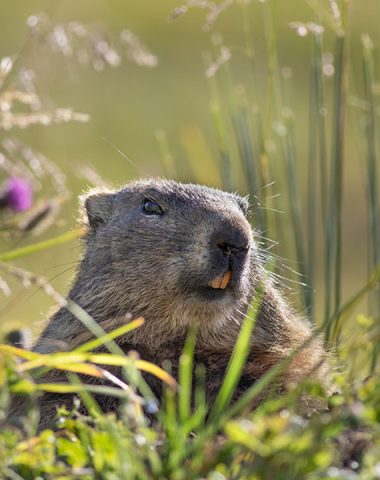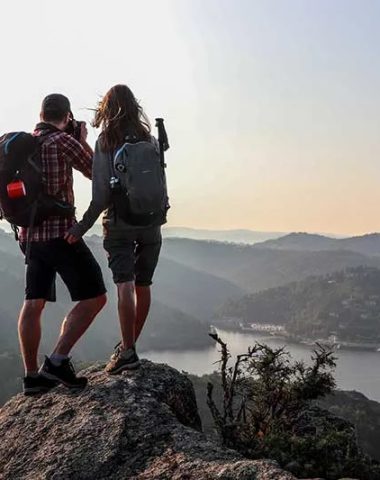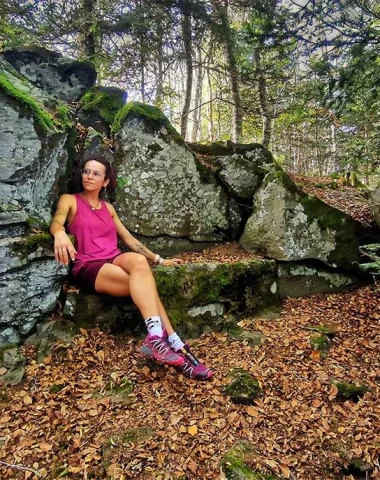Perched on the high plateaus of the Mézenc, Moudeyres and Bigorre (and Les Maziaux) are distinguished by their architecture that is both typical and atypical: houses with thatched or slate roofs, a reflection of life in the rural world of yesteryear. Witnesses of the past which attract the curious as much for their beauty as for the relaxing atmosphere of the place.
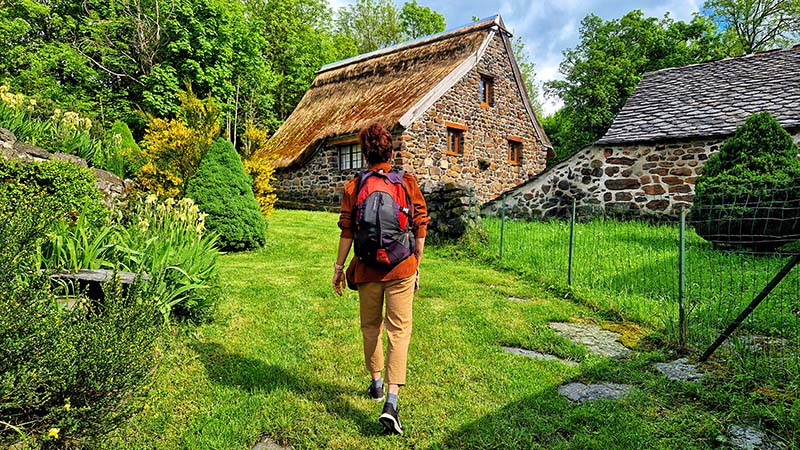
Far from major roads and ½ hour from Puy-en-Velay, Moudeyres dominates the mysterious Aubépin valley where 27 water mills once turned. With its 7 traditional cottages, the village is a witness to the past, emblematic of Mézenc. “The oldest is that of the four Perrel brothers, dated 1740,” specifies Fanette Gente, member of the managing association the old farm of the Perrel brothers, today transformed into an eco-museum.
Go back in time at the Perrel brothers’ farm
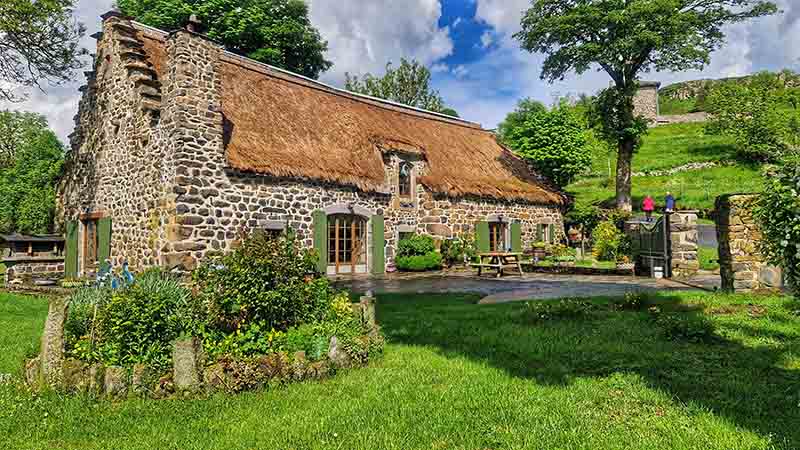
There, under this thatched roof, 10 generations of farmers succeeded one another from 1750 to 1974. The Perrel brothers' farm thus traces their history through visits where time seems to have stood still: alcove beds, cupboards, stone walls. venom, clog maker’s tools and a large straw-roofed barn… Back to the XNUMXth centurye century in the austere conditions of the long snowy winters of yesteryear.
However, don’t be fooled by appearances, “people are often amazed to discover Moudeyres. Then today, we live well there... It's calm, flowery and authentic. We are happy to live in Moudeyres! », concludes Fanette who also runs a lodge in the town.
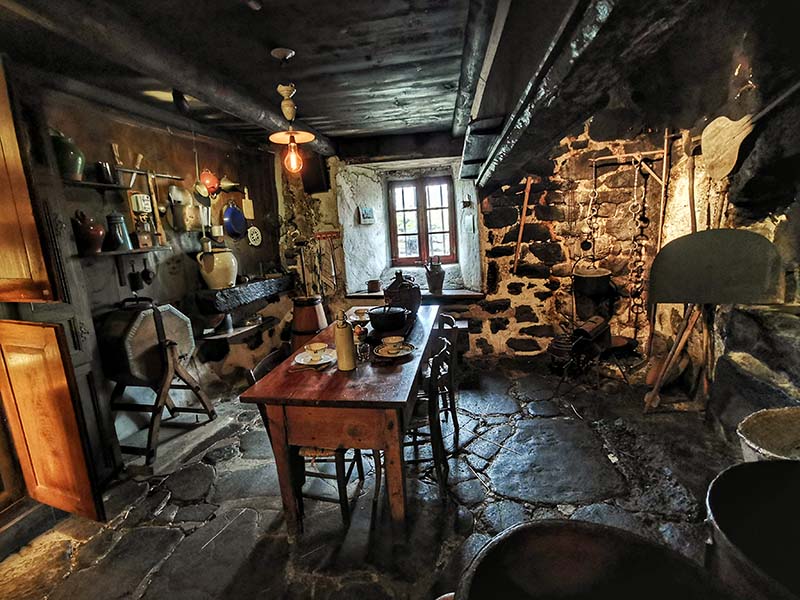
Un unique heritage, “in its own juice” as they say, preserved for almost 300 years… where the icing on the cake, a new scenography of miniatures has been added, retracing the history of the Perrel brothers and life in the past. Models which are accompanied by light shows and sometimes, stories told by the ecomuseum's speaker guides.
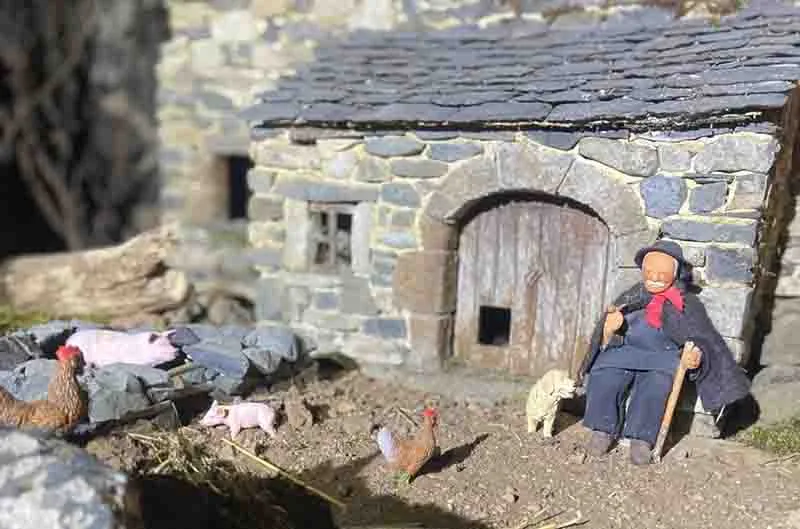
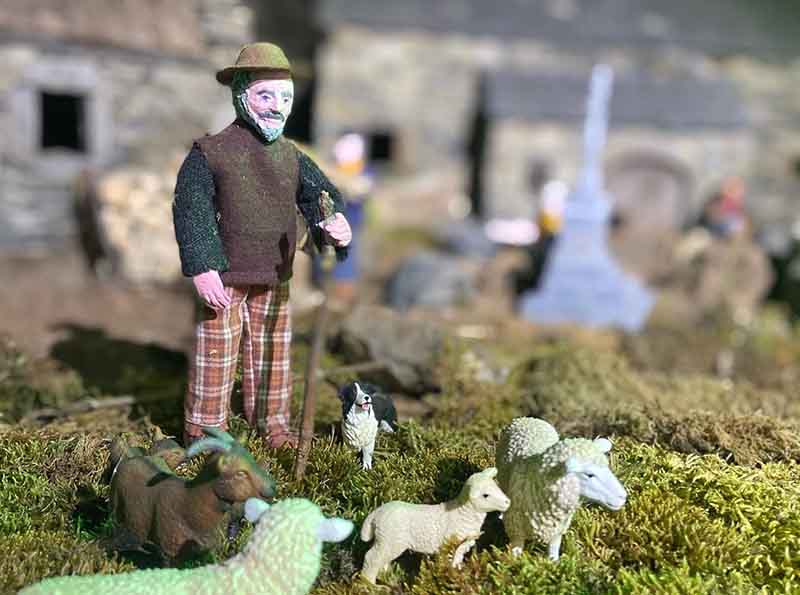
Find out more about the Perrel brothers’ farm:
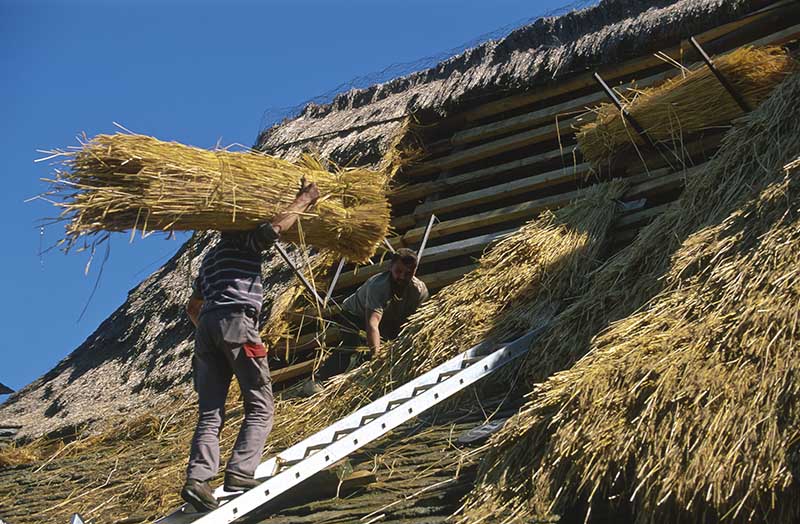
The accessible roofs of the past, due to lack of maintenance, are gradually disappearing today even though two other cottages are awaiting renovation in the village. If thatching is a rare know-how that is being lost, Quentin and Manon Falgère decided to revive it through their thatched roof renovation company. A profession in which one also dreams of settling Bastien Machet shortly. What if thanks to these benefactors, the cottages still had many good years ahead of them?
The magic of Bigorre and its 17 cottages
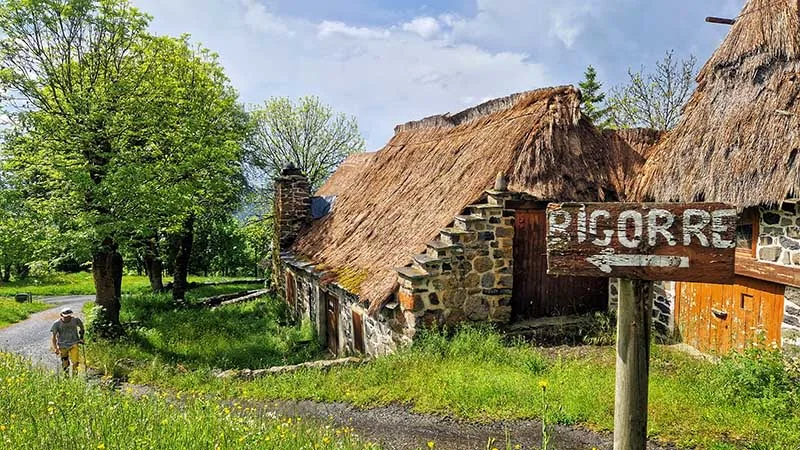
Just like Moudeyres, the villages of Bigorre and Les Maziaux are all that is most authentic. With their 17 listed cottages, these villages Saint Front which today form a large hamlet can only appeal to heritage lovers. Calm and exotic, almost magical, they offer visitors the opportunity to stroll from cottage to cottage, which are all witnesses to local history.
Often surrounded by volcanic stone walls to protect themselves from the cold and the burle, these houses with thatched (or slate) roofs provoke a leap into the past. A striking spectacle to discover the ancestral traditions of the Mézenc plateau and our middle Altiligrian mountains.
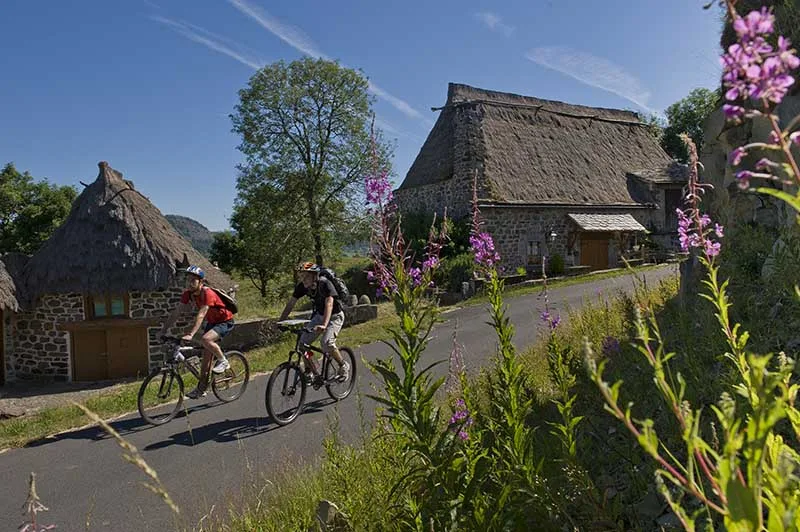
Walk in the footsteps of the peasants of yesteryear
A hiking trail also leaves to meet them between Moudeyres and Bigorre, the PR 479 Circuit des Chaumières. A 4-hour walking loop departing from Saint-Front, i.e. 15,7 km and 451 m of elevation gain. Be careful though, it is known to be difficult!
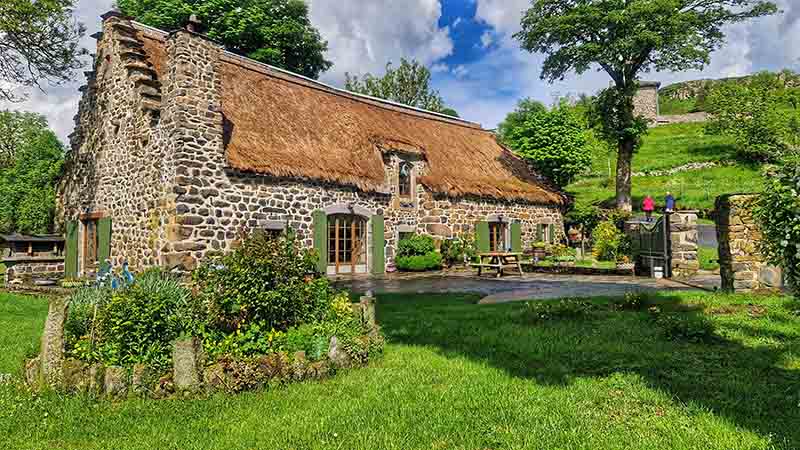
Those who are less sporty can rest assured, the main street of the village already offers a beautiful, most accessible visit! It is also particularly easy to park at the entrance to the village. To end the excursion, why not go to the heights of Bigorre, above basalt organs, where a small plateau offers a 360° view of the surrounding nature.
Enough to gain height one last time on the thatched and slate roofs of Bigorre before returning home.
Accommodations near Moudeyres and Bigorre
Restaurants near Moudeyres and Bigorre
Themes

